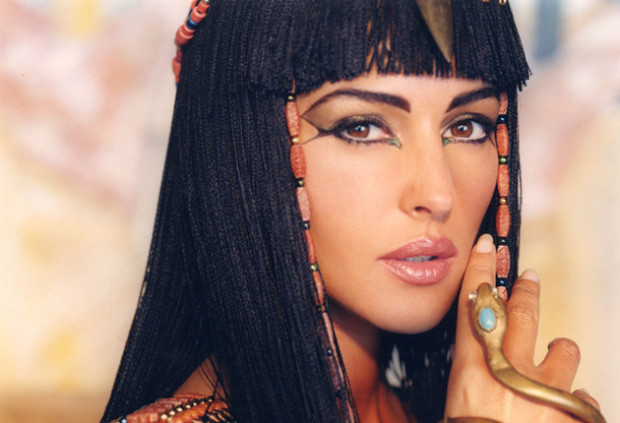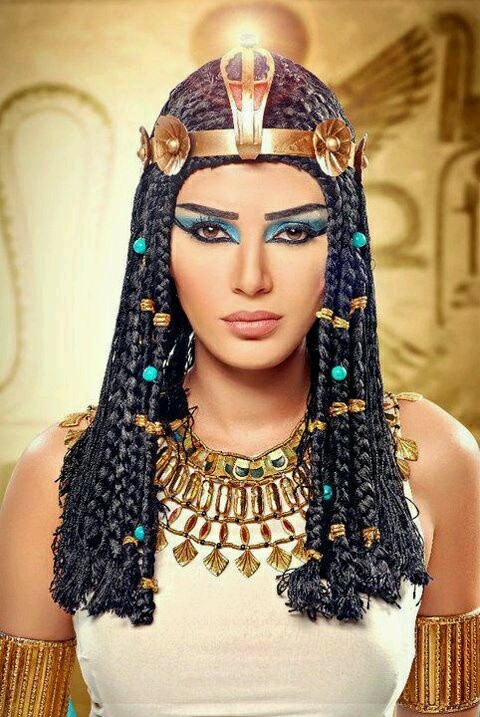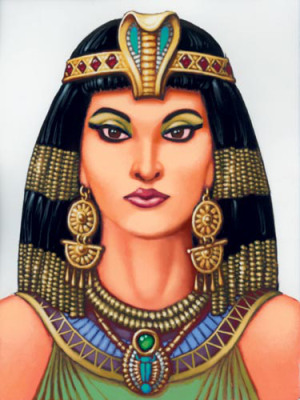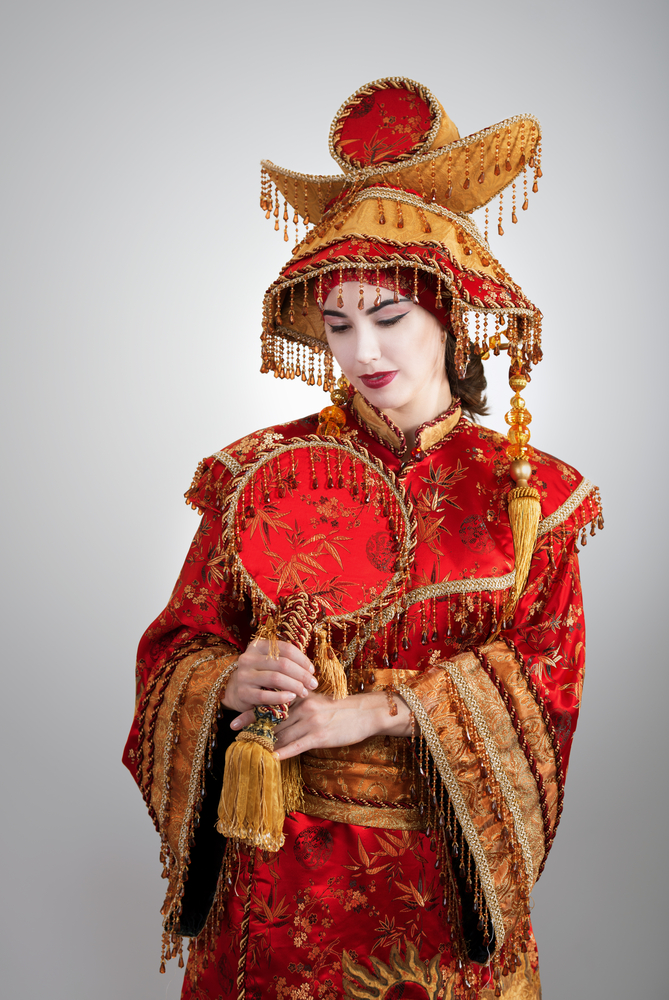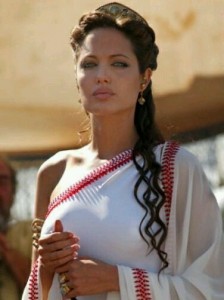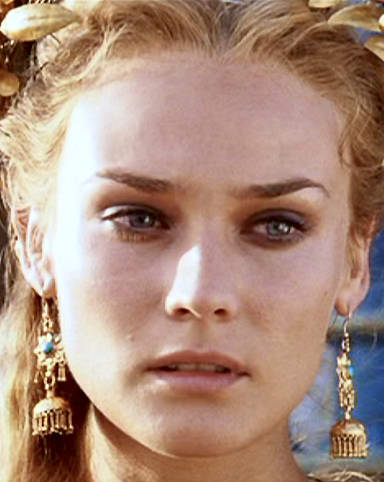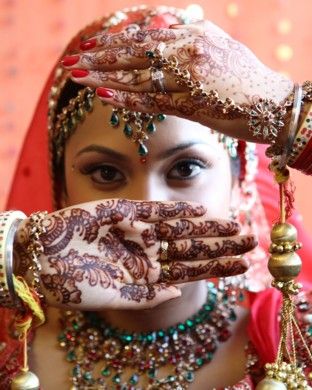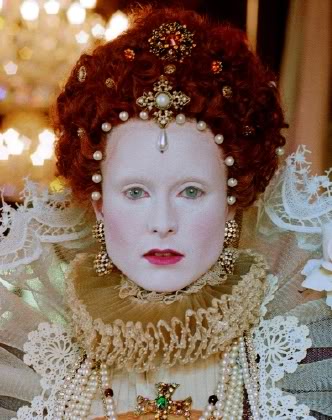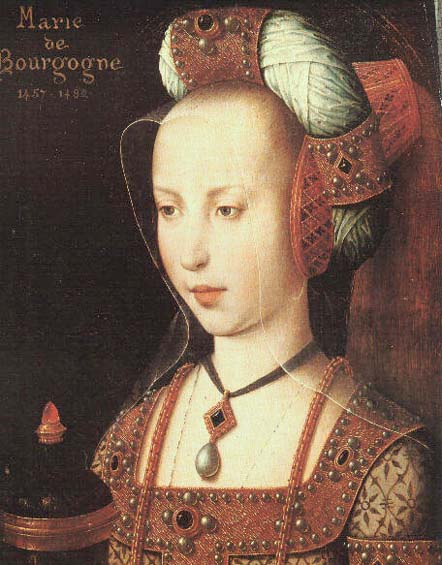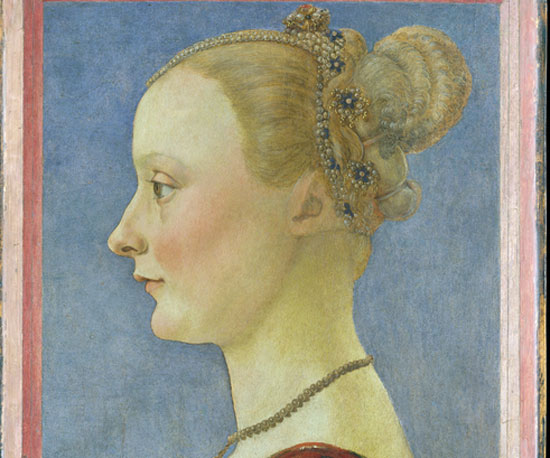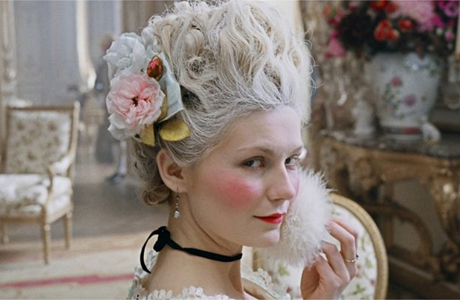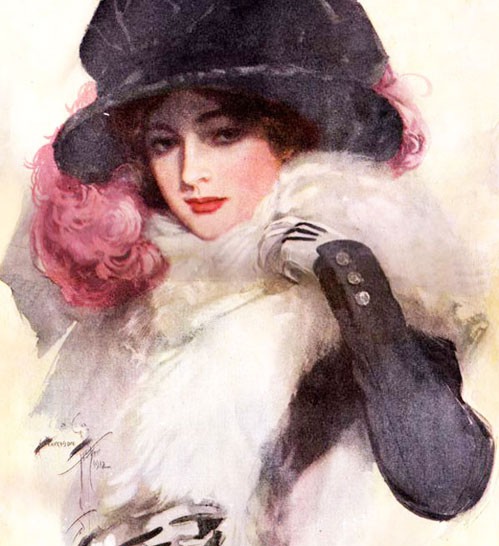There are several reasons why people use makeup or cosmetics these days, and its usage differs on various occasions, such as fashion and entertainment. In the past, different civilizations used cosmetics to signify culture and traditions, including religious rituals. Cosmetics were also used for practical concerns in the ancient civilization, such as beauty enhancer, class system and protection from the sun. Well, without enough with the introduction and let’s take a look on the history of cosmetics and its evolution.
10,000 BCE:
[Via]
In this period, men and women Egyptians apply ointments and scented oils for cleaning, masking body odor and to soften their skin. Makeup or cosmetics has a vital role on Egyptian health and hygiene. They used oils and creams to protect their skins from the very hot climate in Egypt. In ancient Egypt, religious rituals involved using perfumes. They made their own perfumes from the natural ingredients such as, sesame oil, rose, cedar, aloe, thyme, myrrh, lavender, lily, peppermint, rosemary, marjoram and almond oil.
4000 BCE:
[Via]
Women in Egypt in this period used galena mesdemet (composed of copper and lead ore) and malachite (bright green paste of copper minerals). This cosmetics were usually applied to the faces of Egyptian women for color definition purposes. Methods of using these cosmetics are usually on a combination of oxidized copper, burnt almond, various color of copper ores, ash, lead,, and ochre, and commonly known as Kohl (decorated on their eyes in almond shape. At that time, Egyptian women always bring their makeup in boxes at parties and put them under chairs.
3000 BCE:
[Via]
In China, Chinese they apply colors to their fingernails from egg, Arabic gum and beeswax. The colors define their social class. Gold and silver represents the Royal Class, black or red for the subsequent royals and lower class were forbidden to do so.
In Greece at this period, women uses white lead and crushed mulberries on their faces. They wear oxen hair as a fake eyebrows, weird fashion.
1500 BCE:
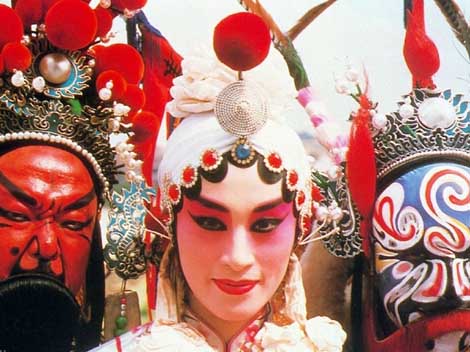
In order to whiten their faces, rice powder are often used as makeup during this period in China and Japan. They also shaved their eyebrows, paint their faces and hair with henna dyes, and teeth were colored gold or black.
1000 BCE:
[Via]
Crude lipstick made from Ochre clay with red iron are used by Grecians as fashion. They also apply their chalk to whiten their skin.
EARLY COSMETICS
100 AD
[Via]
In Rome, Romans apply flour and butter on their pimples and sheep fat and blood on their fingernails for polish. In addition, mud baths come into vogue, and some Roman men dye their hair blond.
300-400 AD:
[Via]
[Via]
Henna was the common fashion used in India. Often used as hair dye and in Mehndi, they paint their skin which comes in designs onto both hands and feet, especially before wedding. Various cultures in the world also used hennas during this period, such as North Africans.
COSMETICS IN THE MIDDLE AGES
1200 AD:
During this period, perfumes from Middle East came to Europe as a result of Crusades.
1300 AD:
[Via]
In Elizabethan England, dyed red hair comes into fashion. Society women wear egg whites over their faces to create the appearance of a paler complexion. Yet, some thought cosmetics blocked proper circulation and therefore posed a health threat.
RENAISSANCE COSMETICS
1400 – 1500 AD:
[Via]
In Europe, only the aristocracy use cosmetics, with Italy and France emerging as the main centers of cosmetics manufacturing. Arsenic is sometimes used in face powder instead of lead.
The modern notion of complex scent-making evolves in France. Early fragrances are amalgams of naturally occurring ingredients. Later, chemical processes for combining and testing scents supersede their arduous and labor-intensive predecessors.
1500-1600 AD:
[Via]
European women often attempt to lighten their skin using a variety of products, including white lead paint. Queen Elizabeth I of England was one well-known user of white lead, with which she created a look known as “the Mask of Youth.” Blonde hair rises in popularity as it is considered angelic. Mixtures of black sulphur, alum, and honey were painted onto the hair and left to work in the sun.
19TH AND EARLY 20TH CENTURY COSMETICS
1800 AD
[Via]
Zinc oxide becomes widely used as a facial powder, replacing the previously used deadly mixtures of lead and copper. One such mixture, Ceruse, made from white lead, is later discovered to be toxic and blamed for physical problems including facial tremors, muscle paralysis, and even death.
Queen Victoria publicly declares makeup improper. It is viewed as vulgar and acceptable only for use by actors.
1900 AD:
[Via]
In Edwardian Society, pressure increases on middle-aged women to appear as young as possible while acting as hostesses. Increased, but not completely open, cosmetic use is a popular method of achieving this goal.
Beauty salons increase in popularity, though patronage of such salons is not necessarily accepted. Because many women are loathe to admit that they needed assistance to look young, they often entered salons through the back door.
